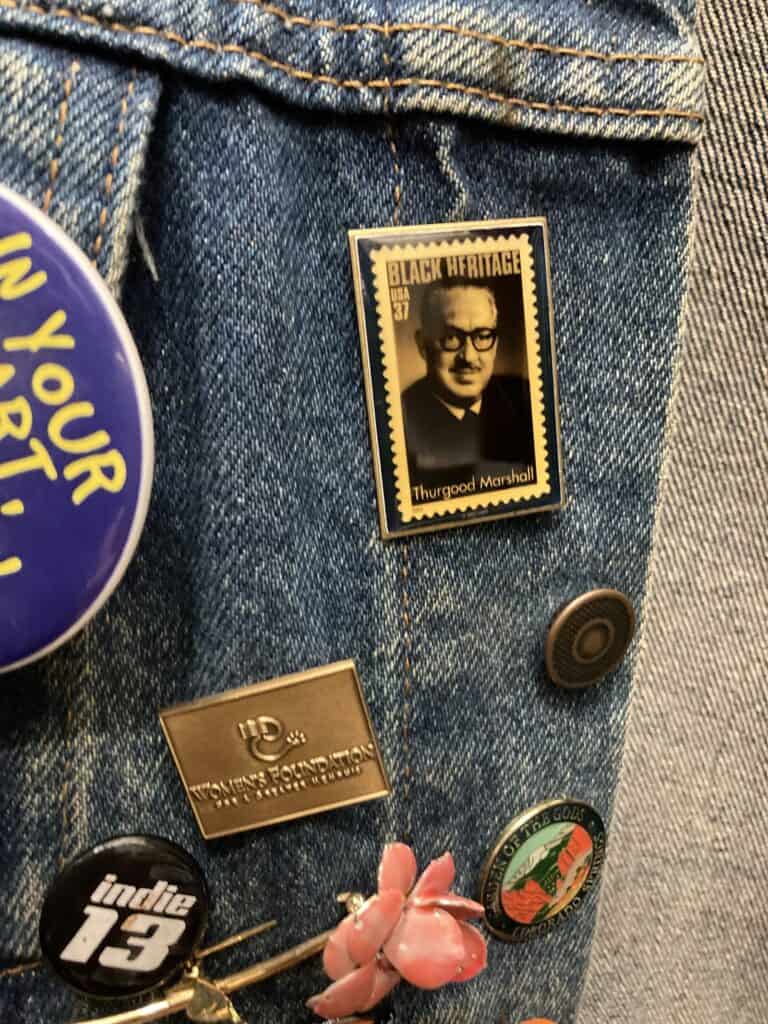
The Work of Thurgood Marshall
From when I was in the fifth grade until I went off to college, the work of Thurgood Marshall dominated my educational experience.
Before Marshall was a United States Supreme Court Justice, he was an NAACP lawyer working for the Legal Defense and Educational Fund. He tried Civil Rights cases. Over and over again, he tried them. And he won, over and over again. In fact, he won 29 of the 32 cases he argued before the Supreme Court. This work culminated in his winning the 1954 desegregation case Brown v. Board of Education. Because of the work of Thurgood Marshall, the Supreme Court called out the doctrine of “separate but equal” for the farce it was. The court ordered public schools in America to stop limiting who could go to what school by race.
Southerners fought this ruling tooth and nail. Marshall then turned to fighting the massive resistance. Thanks to that resistance, my schools were still segregated far into the 1960s. By the time the Alexander v. Holmes court ordered the schools to integrate, “Now, dammit!”, Marshall was a judge on the 2nd Circuit Court of Appeals. Fifteen years after Brown, Jackson schools would integrate.
Tomorrow, I’ll tell you what happened when my mother remarried, we moved to North Carolina, and my school integration experience was ruled by lawyer Julius L. Chambers.
My personal interaction with famous Black Americans in Black History Month, 2025.

Honoring the work of Thurgood Marshall with a lapel pin on my jean jacket.
Attorney Thurgood Marshall, NAACP attorney Thurgood Marshall, The work of Thurgood Marshall, Thurgood Marshall and integration
Joe Hawes
A true hero and a dharp contrast to the MAGA crowd in DC now. Keep bringing it Ellen.
Ellen Morris Prewitt
I was amazed to read his win record at the US Supreme Court. I was glad to be reminded he was left on the margins when the court turned conservative again…before it turned liberal again…and conservative again. It gives me hope it can switch again.
Marcee
I so appreciate your ability to integrate our lived experience into the story of our nation. My memory is fraught with disconnections.
Ellen Morris Prewitt
I do have to research to check my memory, and it frequently reminds me of things I’ve forgotten. We’ve been riding this whirly bird together for a while. ❤️